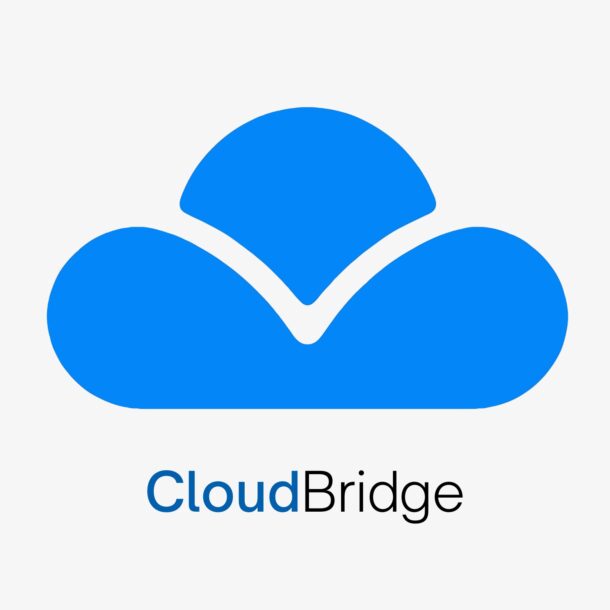Entrepreneur
· Productivity
· SaaS
· Workflow
9 Ways SaaS is Helping Businesses Adapt to the New Normal
Faizan Ashraf
April 14, 2023The COVID-19 pandemic disrupted businesses across the globe, forcing many to adapt to the new normal of remote work and social distancing. One technology that has played a crucial role in this adaptation is Software as a Service (SaaS). In this article, we’ll explore how SaaS is helping businesses of all sizes adapt to the new normal and remain competitive in a changing world.
Facilitating Remote Work
The sudden shift to remote work caught many businesses off guard, but those that had already adopted SaaS tools had a significant advantage. With cloud-based software and collaboration tools, employees can work from anywhere with an internet connection. SaaS tools such as Zoom, Microsoft Teams, and Slack have become essential for team communication and collaboration. The ability to work remotely has not only allowed businesses to continue operations during the pandemic but also opened up new opportunities for recruiting top talent from anywhere in the world.
Scalability
The pandemic has created a great deal of uncertainty for businesses, with many struggling to predict their future needs. SaaS provides a flexible, scalable solution that can be easily adjusted to match changing business needs. Whether a business needs to scale up or down, they can easily do so with SaaS tools such as Salesforce, HubSpot, and Mailchimp.
Cost-Effective
The economic uncertainty brought on by the pandemic has made cost savings more critical than ever. SaaS tools are typically subscription-based, with no upfront costs or hardware investments required. This means that businesses can scale up or down as needed without having to make large capital expenditures. Additionally, SaaS tools often include features that would otherwise require separate purchases or custom development.
Automation
SaaS tools can automate many time-consuming tasks, freeing up employees to focus on more strategic initiatives. For example, marketing automation tools such as Marketo and Pardot can handle tasks like email marketing, lead generation, and analytics. Automation not only saves time and resources but also helps businesses stay competitive by allowing them to respond quickly to changing market conditions.
Data Analysis
The pandemic has brought about a significant shift in consumer behavior, with many people relying more heavily on digital channels. SaaS tools can help businesses collect and analyze data on this behavior, allowing them to make informed decisions about their operations. Tools like Google Analytics and Mixpanel provide insights into user behavior on websites and mobile apps, while social media analytics tools like Hootsuite and Sprout Social can help businesses track engagement and sentiment on social media.
Cloud-Based Infrastructure
Traditional on-premise software requires hardware infrastructure that can be expensive to maintain and upgrade. With SaaS, businesses can avoid these costs by relying on cloud-based infrastructure provided by the SaaS vendor. This infrastructure is typically highly secure and reliable, with backups and redundancy built-in. This allows businesses to focus on their core competencies without having to worry about maintaining infrastructure.
Enhanced Security
Security is a top concern for businesses of all sizes, and the pandemic has only increased the risk of cyber attacks. SaaS vendors typically have robust security protocols in place, with data encryption, multi-factor authentication, and regular security audits. Additionally, SaaS vendors are responsible for maintaining and upgrading their software, which means that businesses don’t have to worry about outdated software or security vulnerabilities.
Improved Customer Experience
The pandemic has created a heightened need for businesses to provide exceptional customer experiences. SaaS tools can help businesses achieve this by providing a range of features designed to enhance the customer experience. For example, customer service tools like Zendesk and Freshdesk can help businesses provide fast and personalized support, while feedback tools like Qualtrics and SurveyMonkey can help businesses collect valuable customer feedback.
Agility
The pandemic has demonstrated the importance of agility, with businesses needing to pivot quickly to respond to changing market conditions. SaaS allows businesses to quickly scale up or down based on their needs. This means that businesses can easily adapt to changes in demand, whether that be seasonal or due to unforeseen circumstances. With SaaS, businesses can easily add or remove users and services, which allows them to remain agile and competitive in an ever-changing business landscape.
For example, during the COVID-19 pandemic, many businesses were forced to quickly adapt to remote work environments. With SaaS tools, businesses were able to quickly transition to remote work and continue operations without much disruption. This kind of agility is essential for businesses to thrive in the new normal.
In essence, the rise of SaaS has fundamentally changed the way businesses operate. From enhanced collaboration to improved security, SaaS offers businesses a plethora of benefits that traditional software simply cannot match. As we continue to adapt to the new normal, SaaS tools will become even more critical for businesses looking to remain competitive and agile. With the right SaaS tools in place, businesses can streamline their operations, reduce costs, and improve productivity, all while providing a better experience for their customers. So if you haven’t already, it’s time to start exploring the world of SaaS and see how it can help your business adapt to the new normal.
Related Articles





